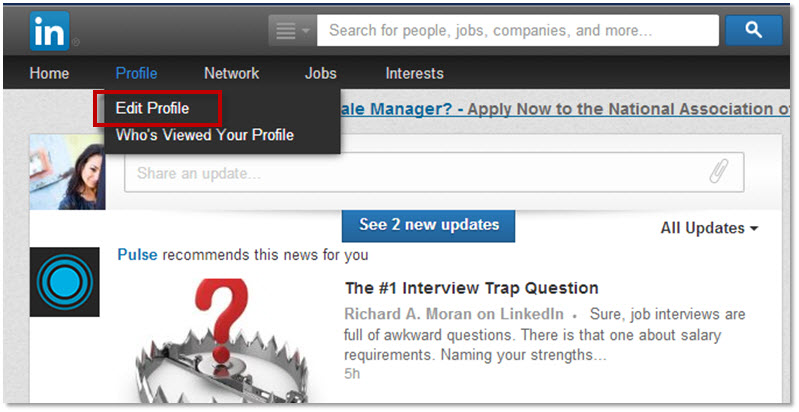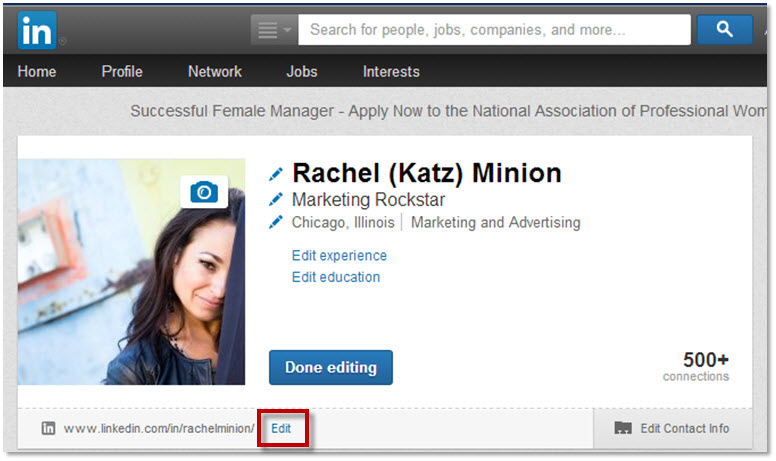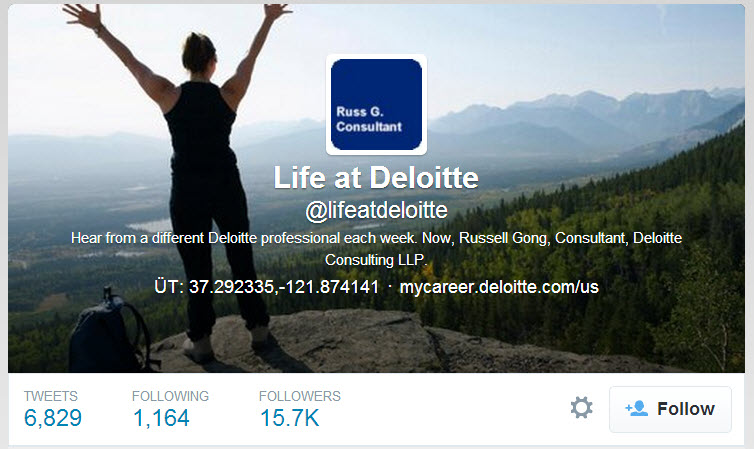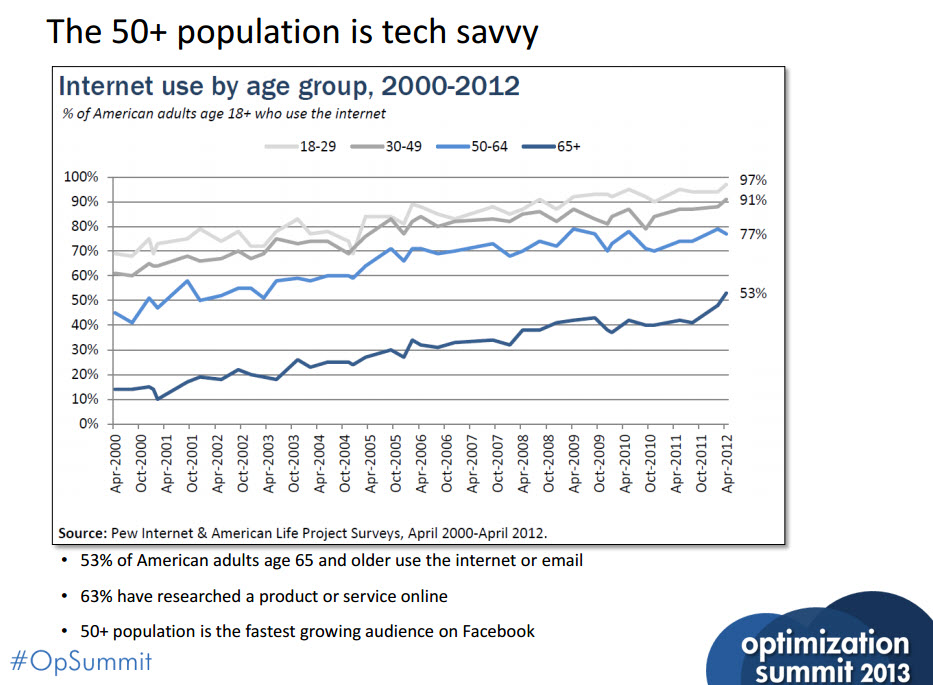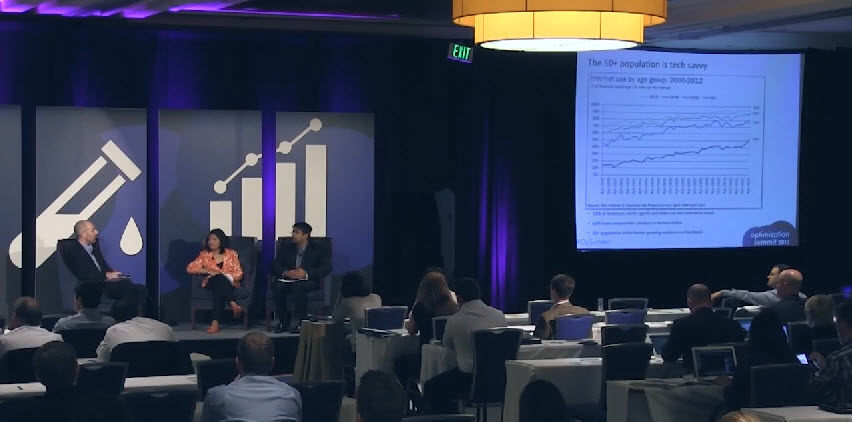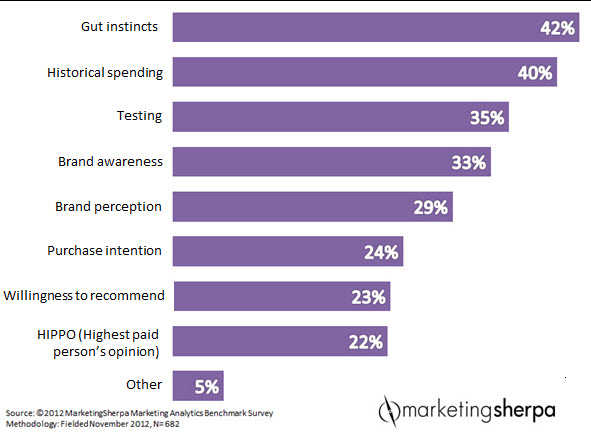There is an inherent paradox in the marketing and media industries.
We need creative people, yet we need corporate structure. Creative people need freedom to thrive and yet, we work tirelessly to bang square pegs into round holes until the hammer is busted, the peg becomes warped and the creative talent is defeated.
For instance, when I worked at an agency, and would get my ninth sub-order of redundant changes to a postcard, I used to joke about it this way …
We were wild mustangs once …
Free to roam across the Great Plains as the wind whipped through our hair. When lightning would strike in the distance, spooking the herd, it was up to us, the mighty stallions, to chase them down and lead them to safety.
In our corporate environment, it can feel as if our creative spark is only a shadow of its former self.
It has been reduced to the old bag of bones nag you see tied to a revolving wheel at the county fair for the kids to ride.
We trot round and round, day after day, staring at the tail of another old nag in front of us, while some snot-nosed kid pokes us with a stick saying, “Look, he likes to eat rocks. Watch. You can just shove them in his mouth!”
But even then, if you look deep enough in our eyes, it’s still there. That wild spark.
You must never let your team lose that wild spark
Now that I have the distinct privileges of running my own team of creatives, and interviewing some of the most creative and effective minds in marketing, I look at our stable of talent this way – it’s on us to make sure they never lose that wild spark.
If you’re working with a team of creatives, either at an agency or on the client side, here are a few suggestions I propose to challenge you to help keep your team’s creative spark alive and well.
1. Ask, “Who really, really, really needs to be in this meeting?”
The fastest way to kill your team’s creative output is with a stack of invites to meetings they don’t need attend. I try to keep my team out of as many meetings as possible.
Before I send out invites, I also ask myself “Do we really need all these people in this meeting?” or even better, “Heck, do we really need to have a meeting at all?”
If a meeting isn’t avoidable for your team, then try to sacrifice your own time to protect theirs. Take the meeting on the chin yourself, and then go back and fill your team in on the two minutes of relevant information that applied to them.
2. Stop carbon copying everybody
The only thing that screams “corporate” more than meetings is the mass-copied email, so I try to avoid sending them if possible.
3. Give them a chance to run with the wild herd
A great way I’ve discovered to do this is through industry awards.
I remember how rejuvenated I would feel winning ADDY awards. I also remember how I’d feel my creative juices sparked even more by watching my peers win as I thought, “that was pretty darn good!”
The creativity that was a linchpin to their success was often just what I needed to keep my spark alive and recommit to coming up with better work.
I’m on the other side of things now, judging awards. For example, we just launched MarketingSherpa Email Awards 2014. There’s no entry fee, so there is no excuse not to tell your team to enter.
For example, the Best in Show winner from Email Awards 2013, NFL.com, had some really innovative features in its emails, like “Countdown to the Game” clocks and a “Who Will Win? Vote Today!” dynamically updated poll.
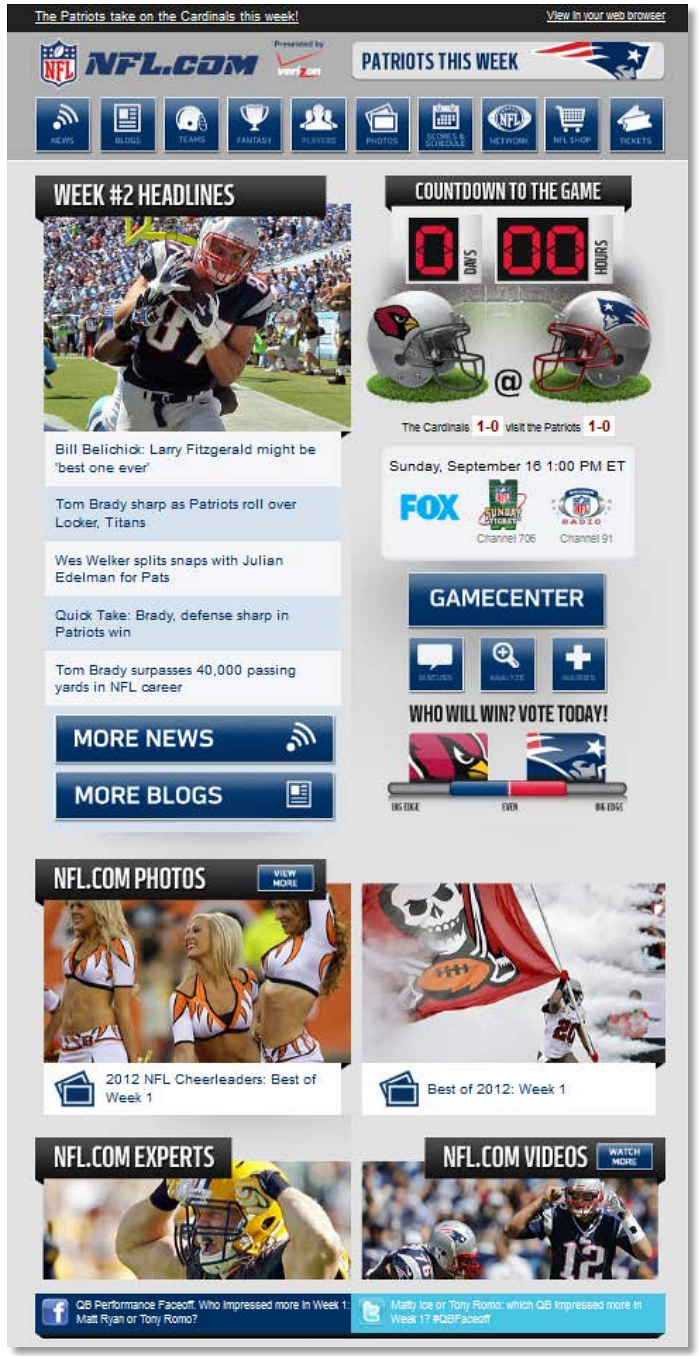
It’s creative ideas like these from marketers across a wide range of companies that continue to inspire me.
4. Measure and share results
I think there’s a false impression that creatives are art snobs who only care about aesthetic appeal.
We have, after all, decided to work in a corporate environment, even though it chafes. Let them see the fruit of their labor.
Earlier in my career, writing an ad that was successful in The Wall Street Journal for six months versus the previous ad that could only pull leads for two weeks was a huge morale booster.
Now, working more in the digital media space, I love receiving feedback through social media (I’m @DanielBurstein if you’d like to tell me what you think of this post) as well as A/B testing, even when the more creative ideas lose.
At the end of the day, we know results matter. After all, a man’s gotta eat.
I know when I’m judging the Email Awards, results will be at the top of my mind. I’m sure they are important to you as well as you manage your creative teams and agency relationships.
Read more…



